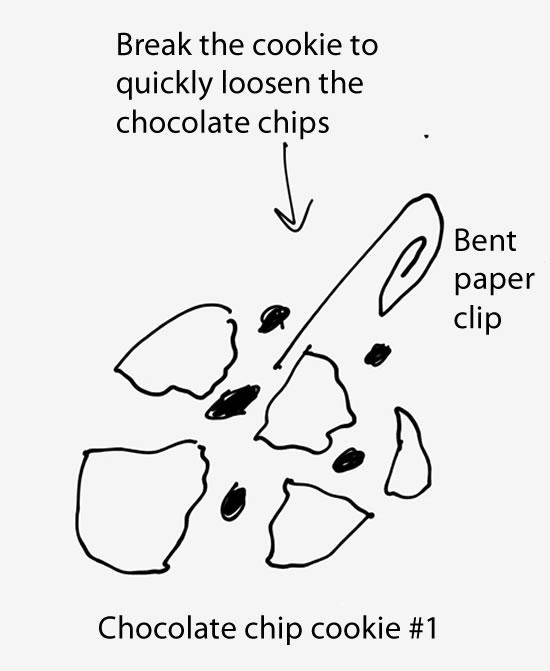Hypothesis
Overview
IntroductionA lot of mining occurs in heavily forested areas such as the Amazon rainforest. These mining operations can release dangerous toxins such as poisonous cyanide or mercury into the environment. These poisons can enter the water supply and kill local fish. If people eat the polluted fish, they can get sick or even die.
Mining can cause deforestation. This happens when a forest is removed so miners can get to the minerals beneath the surface. Trees and plants are also removed to make space for the roads associated with the mine. Pollution is also a problem at mines because the mines release dust and toxic gas into the air. Air, land and water resources can be poisoned by this pollution.
Biodiversity is also threatened by mines. This means that the number and type of animals and plants in an area is decreased because the species are killed. Even aquatic life such as underwater plants and fish can suffer from mining pollution.
We continue to mine so we can support industry and provide fossil fuels for our cars.
Mining can be safer and more environmentally friendly, but these changes can be expensive.
#HYPOTHESIS:
Based on what you read, do you think miners earn more money if they protect the environment by mining carefully, or if they harm the environment by mining quickly?Scientific Terms
Materials
2 chocolate chip cookies
1 bent paper clip
Paper towel or newspaper
Timer
Lab worksheet
Pencil
Calculator (optional)
Before you start, answer these questions:
- Should you eat the cookies for the lab today? _______________
- How many cookies will you be using today? ______________
- Will you be mining both cookies at the same time? ___________________
- Before starting, what should you put on your desk? ________________________
- How many minutes will you have to mine each cookie? __________________________
- What tool can you use to remove the chocolate chips? ____________________
- Should you break the chips into smaller pieces? _____________________
Procedure
Safety note: We NEVER put ANY scientific experiment in our mouths.
- Lay down a sheet of newspaper or paper towel on your desk for easy clean-up.
- Obtain 2 cookies and 1 bent paper clip per person from your teacher.
- For the first cookie, you will remove the chips without considering the damage you do to the cookie. Using only the paper clip, get as many chips out as you can.
Do not break the chips into smaller pieces after they have been mined.
Note: Do not throw away or drop any of your cookie. We will be analyzing it. - When everyone is ready, a timer will be set for 2 minutes. You will dig out the chips without regard to the cookie "environment."
- When the timer sounds, put down your paper clip.
- Count the number of chips you got out of the "mine". Record your results in the table below.
- Count the number of large chunks of cookie that are on your desk (the damage you caused to the environment). Record in the table below.

- Find out how much you earned and how much you lost by filling out this table:
|
Cookie number |
Number of chips you got out of the cookie. |
Multiply by $1,000 for each chip to calculate your earnings. |
Earnings from mining chips. |
Number of cookie chunks (environmental damage). |
Multiply by $200 for every chunk. |
Losses from damaging the environment. |
|
1 - Do some damage! |
X $1,000 = |
A |
X $200 = |
B |
||
|
2 - Be careful! |
X $1,000 = |
C |
X $200 = |
D |
- Throw away your first cookie after you finish. DO NOT EAT IT.
- For Cookie #2, use your paper clip to carefully dig out each chip. Try not to break off any of the cookie surrounding the chips.
- When everyone is ready, a timer will be set for 2 minutes. When the timer sounds, put down your paper clip.
- Record your results in the second row of the table, just like you did with the first cookie.

- Throw away your cookie. DO NOT EAT IT.
- Clean up your desk or table by throwing away the newspaper and cookie. Put the paper clip back in the box.
Results:
For Cookie #1, take box A in the table and subtract box B from it.
A = $___________ - B $___________ = $___________________ profit for cookie 1
For Cookie #2, take box C and subtract box D from it.
C = $___________ - D $___________ = $___________________ profit for cookie 2



